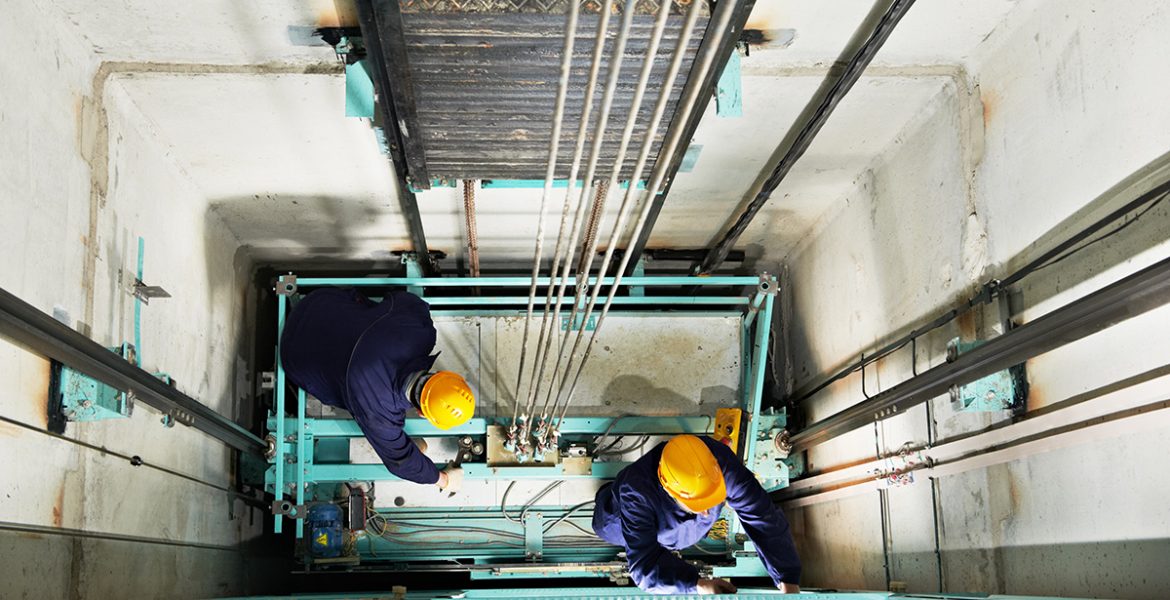Platform Lift Dimensions Explained: Why They Matter for Lift Servicing
Platform Lift Dimensions Explained: Why They Matter for Lift Servicing
Blog Article
A Thorough Technique to Enhancing Efficiency With Strategic Lift Fixing Strategies
A methodical and critical technique to raise repair work and upkeep is crucial to take full advantage of performance and decrease downtime. By addressing common lift problems, implementing aggressive maintenance steps, and establishing targeted repair service plans, facilities can maximize their lift systems to run at peak performance degrees.
Relevance of Lift Efficiency Optimization
Comprehending the importance of optimizing lift efficiency is crucial for ensuring reliable and effective upright transportation systems in numerous buildings and structures. Lifts are necessary elements of modern framework, offering upright wheelchair for residents and goods within structures of varying elevations. By enhancing lift performance, structure owners and facility supervisors can boost customer experience, enhance energy efficiency, and increase general operational efficiency.
Effective lift efficiency optimization includes various elements, consisting of rate, capacity, energy upkeep, security, and usage requirements. Properly enhanced lifts can reduce wait times for users, particularly in high-traffic structures, resulting in enhanced complete satisfaction and performance. Additionally, optimized lifts add to energy financial savings by using innovative control systems and innovations that decrease power usage without jeopardizing efficiency.

Identifying Common Lift Issues
Recognizing common lift issues is crucial for maintaining the operational performance and safety of upright transport systems in buildings. This concern can be a sign of troubles with the lift's motor, control system, or even the positioning of the lift cars and truck.
An additional widespread lift concern is strange noises emanating from the lift shaft or equipment area. These sounds can vary from grinding or scratching audios to loud clunking sounds, all of which may signal underlying mechanical concerns that require immediate attention. Additionally, frequent door breakdowns, such as doors not opening up or shutting properly, can disrupt the smooth circulation of guests and posture safety and security dangers.
Carrying Out Positive Upkeep Procedures
To enhance the efficiency and long life of lift systems, aggressive maintenance steps play a vital function in making sure functional reliability and safety. platform lift dimensions. Carrying out proactive maintenance entails systematically examining, servicing, and fixing parts prior to they stop working, therefore protecting against pricey downtime and possible safety risks. Routinely arranged assessments can aid recognize minor problems prior to they intensify right into significant troubles, ultimately prolonging the life-span of lift systems
One key facet of positive upkeep is creating a thorough maintenance timetable based on supplier referrals and industry finest practices. This routine should detail jobs such as lubrication, positioning checks, and part replacements at defined periods. Additionally, applying condition tracking strategies, such as vibration evaluation and thermal imaging, can help detect very early signs of wear or breakdown.
Furthermore, training upkeep staff on correct evaluation strategies and precautionary upkeep procedures is essential for the effective execution of proactive upkeep steps. By cultivating a society of proactive maintenance within a company, lift systems can run at peak performance levels, reducing disturbances and guaranteeing the security of customers.
Establishing Targeted Repair Service Strategies
Upon examining the upkeep documents and efficiency data, the engineering team can establish targeted repair service strategies to address particular problems and maximize lift system performance. These repair work strategies are tailored to the determined issues, making certain that sources are concentrated on dealing with vital concerns effectively. By prioritizing repairs based see this upon their influence on efficiency and security, the targeted repair service plans assist reduce downtime and maintenance costs while making the most of the lift system's reliability.
Developing these strategies includes a thorough analysis of the lift system elements, including electric motors, cables, brakes, and control systems. Through this detailed assessment, the design group can figure out the origin of any malfunctions or destruction in efficiency. This info is then used to produce a roadmap for the fixing procedure, laying out the necessary actions, timeline, and sources needed to resolve each problem efficiently.
In addition, targeted repair strategies may consist of preventative steps to boost the lift system's longevity and efficiency. By proactively addressing prospective issues prior to they intensify, these strategies contribute to the overall performance and security of the lift system.
Using Data-Driven Insights
Utilizing the power of data-driven understandings is important in maximizing lift system performance and maintenance performance. These predictive maintenance strategies assist prevent unforeseen break downs, reduce downtime, and prolong the lifespan of lift systems.

Final Thought
In final thought, optimizing lift efficiency is vital for making sure efficiency and safety in structures. By determining usual lift issues, carrying out aggressive maintenance measures, developing targeted repair work strategies, and utilizing data-driven understandings, organizations can boost efficiency and reduce downtime. It is essential to take an extensive method to lift fixing strategies to make the most of functional effectiveness and make certain the longevity of lift systems.
By dealing with usual lift concerns, executing positive upkeep measures, and establishing targeted fixing plans, centers can enhance their lift systems to run at peak efficiency levels.Another prevalent lift issue is unusual noises emanating from the lift shaft or machinery area.Upon examining the upkeep records and efficiency data, the engineering team can develop targeted repair strategies to attend to certain issues and enhance lift system functionality. By focusing on repair services based on their effect on performance and safety and security, the targeted fixing strategies help decrease downtime Extra resources and upkeep expenses while optimizing the lift system's integrity.
It is vital to take a detailed technique to lift repair approaches to maximize functional effectiveness and make sure the longevity of lift systems.
Report this page